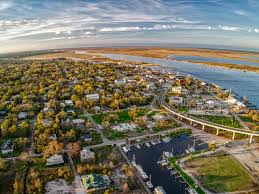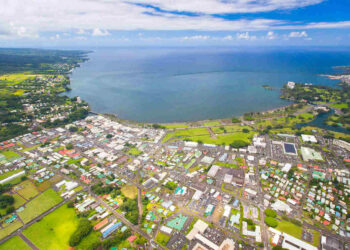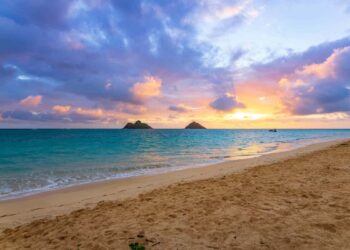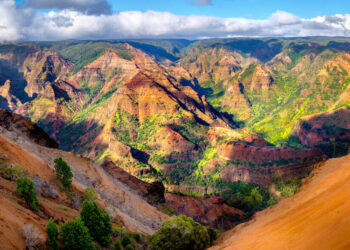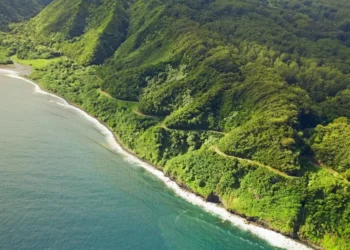Apalachicola sits along Florida’s Panhandle, a small port town on the Gulf known as the “Oyster Capital of the World.” With just over 2,300 people, it’s a place locals call “Apalach,” offering a break from busy life. Shrimp boats line the bay, Victorian homes stand along the streets, and the air hints at salt and tupelo honey. This blog explores what makes Apalachicola worth a visit, covering its main spots, how to get there, and answers to common questions.
Places to Visit: An Overview
Apalachicola mixes history and nature in its attractions. The Historic Downtown District is the center, with old brick warehouses and tin-roofed shops from its days as a big Gulf port. Now, it’s full of small stores, art spaces, and places to eat fresh seafood. Nearby, the Raney House Museum, a cotton merchant’s home from before the Civil War, shows what life was like back then with its old furniture and river views.
Nature isn’t far off. The Apalachicola Riverfront gives a look at the working docks, where boats bring in shrimp and fish. Over the John Gorrie Memorial Bridge, St. George Island is twenty minutes south, home to the Cape St. George Lighthouse, rebuilt after storms, with a staircase up to Gulf views. Back in town, the John Gorrie Museum State Park remembers a doctor who made the first ice machine in 1851, with a model of it on display. North of town, the Apalachicola National Forest covers 570,000 acres, with trails, rivers, and wildlife like bears, eagles, and rare woodpeckers. Each spot adds to what Apalachicola is about.
How to Reach
Apalachicola’s spot on the Forgotten Coast takes some effort to reach, but that’s part of it. By car, it’s seventy-five miles southwest of Tallahassee on U.S. Highway 98, about an hour and a half through pine woods and marshes. From Orlando, it’s three hundred miles northwest via I-75 and U.S. 19, a five-hour drive—rent a car at Orlando International (MCO) if you’re flying in. Tallahassee International (TLH) is the closest airport, with flights from Atlanta or Miami; rent a car there or take a shuttle like Red Hills Transportation.
Another option is Highway 98 from Panama City Beach, sixty miles west, passing beaches and oyster stops. Public transit’s thin—Space Coast Area Transit’s Bus 28 from Titusville needs a switch in Eastpoint—but taxis or rideshares work from nearby. Parking’s free downtown, and you can walk most places once you’re there. Early mornings beat the heat and crowds.
Frequently Asked Questions About Apalachicola
What’s the best time to go?
Fall, September to November, has mild weather, sixty to eighty degrees, and the Seafood Festival in November. Spring, March to May, has fewer people and flowers. Summer, June to August, gets hot with storms but has warm Gulf water. Winter, December to February, is quiet, fifty to seventy degrees, good for history fans.
Is it good for families?
Yes, it works for all ages. Kids can climb the lighthouse, check out the nature center’s fish tanks, or play on St. George’s beaches. Ice cream shops and forest trails keep them busy—no rules keep anyone out.
Can you get oysters anytime?
Used to be year-round, but harvests are down now. Places like Up the Creek Raw Bar serve them when they can, raw or cooked. Call ahead to check.
How long should I stay?
Two days cover it—one for downtown and the river, one for the island and forest. Add a third if you want to take it slow or fish.
Fun Fact
Apalachicola Bay once gave Florida ninety percent of its oysters, earning its title. The name comes from Hitchiti words for “people on the other side,” tied to the river’s old residents, though locals say it’s the “land of friendly people,” which fits their welcome.
Experiencing Apalachicola
Downtown feels old-timey with oaks along the streets and the Gibson Inn, built in 1906, full of past stories. Its Parlor Bar mixes a Bees Knees drink that’s good on the porch. The riverfront’s active, with shrimp boats coming in at dusk loaded with catch. The Orman House Historic State Park has gardens and a view of the Apalachicola River, a key part of the town’s history.
On St. George Island, the lighthouse has a museum about its rebuild, and the beach goes on wide—dolphins swim by sometimes. In the forest, the Apalachee Savannahs Byway runs through pines where woodpecker nests stand out. The Owl Café serves grouper sandwiches and key lime pie in a building from 1900 with high ceilings and stained glass. It’s a town that holds onto its roots but keeps going.
Beyond the Basics
Stay for sunset at Battery Park, where the bay lights up, or hear a ranger talk at the Gorrie Museum about how ice helped medicine. Kayaks from Scipio Creek Marina let you paddle the river and see birds and otters. Eastpoint has oyster shacks nearby, and Carrabelle’s little harbor adds a rough touch. Sleep at the Water Street Hotel & Marina with river views or the Gibson’s old rooms—book early for festival times.
Final Reflection
Apalachicola doesn’t push itself on you—it lets you find it, with the sound of a boat’s hull, pine leaves underfoot, and oyster shells clinking. It’s a piece of old Florida where time eases up, the Gulf sets the pace, and every spot has a story—cotton traders, oyster workers, or the guy who figured out ice. Standing by the water, you get what’s gone and what’s still here. It’s not just a trip—it’s a step back to something real, a place that keeps room for the unexpected.
